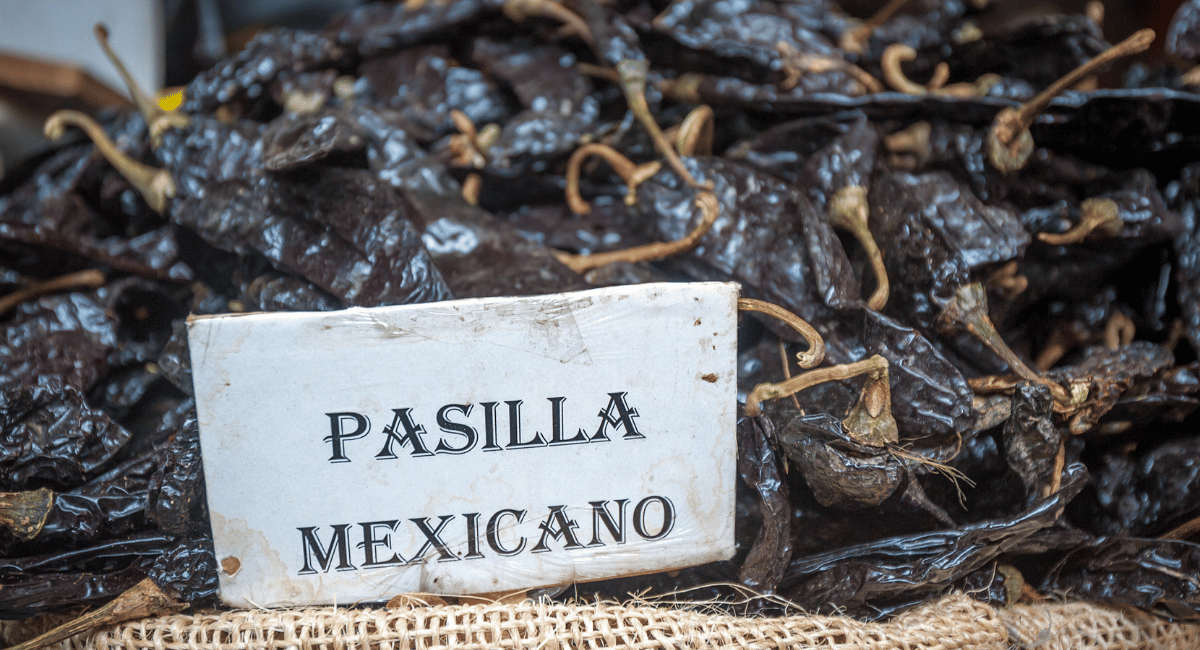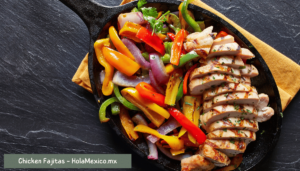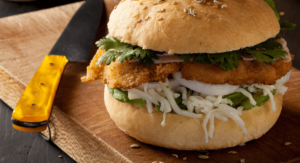Pasilla peppers, also known as chilaca peppers when fresh, are a variety of chili pepper commonly used in Mexican cuisine.
These peppers are integral to many traditional Mexican dishes and hold historical and cultural significance within the country’s culinary heritage.
Historical and Cultural Significance:
Pasilla peppers have a rich history in Mexican cuisine, dating back to ancient times. They were used by indigenous communities for their unique flavor and were highly valued in Mexican cooking. Their use is widespread in various regions of Mexico, contributing to the depth and authenticity of regional dishes.
Flavor Description:
- Mild to Moderate Heat Level: Pasilla peppers generally offer a moderate level of heat, lower than some other popular chili varieties like Jalapeños or Serranos. The heat is often described as mild to medium, making them accessible to many palates.
- Rich Earthy Flavor: Pasilla peppers are known for their complex flavor profile, featuring rich, earthy, and slightly sweet notes. They often exhibit undertones of dried fruit, chocolate, and tobacco, lending a unique depth to dishes they’re used in.
Pasilla peppers are frequently used in various Mexican recipes, contributing their distinctive flavor to dishes such as mole sauces, enchiladas, stews, and salsas. They are also commonly used in both fresh and dried forms to add depth and complexity to dishes without overwhelming heat.
Their role in Mexican cuisine is essential, providing depth and flavor to dishes while contributing to the complexity of regional gastronomy. These peppers are revered for their unique taste and are a culinary treasure in Mexican kitchens.
Preparation Techniques:
- Rehydration: To prepare dried Pasilla peppers, remove the stems and seeds, then soak them in hot water for about 20-30 minutes until they become pliable.
- Toasting: After rehydration, lightly toast the peppers in a dry skillet for a few seconds to release their flavors further. Be careful not to burn them.
Enhancing Flavors:
- Blending into Sauces: Rehydrated Pasilla peppers can be blended with other ingredients like tomatoes, garlic, onions, and spices to create flavorful sauces for enchiladas, tamales, or as a base for stews.
- Infusing Broths: Simmer whole or rehydrated Pasilla peppers in broths or stocks to infuse a subtle, smoky flavor into soups or sauces.
- Incorporating into Marinades: Create marinades for meats by pureeing Pasilla peppers with citrus juices, herbs, and spices for grilling or roasting.
Recipe Incorporation and Pairing Ideas:
- Mole Sauce: Pasilla peppers are a key ingredient in traditional mole sauces, offering depth and richness to the complex flavor profile of this Mexican classic.
- Chiles Rellenos: Use Pasilla peppers for stuffing, combining with cheese, meats, or grains for a delicious filling, then baking or frying them.
- Stews and Braises: Incorporate Pasilla peppers into beef or chicken stews, adding a layer of depth and smokiness to the dish.
Complementary Ingredients:
- Tomatoes: Pair well with Pasilla peppers in sauces or stews, balancing the earthy flavors with their natural sweetness.
- Chocolate: In mole sauces, the bitterness of chocolate complements the Pasilla pepper’s rich flavors.
- Nuts: Ingredients like almonds or peanuts can add a nutty undertone that complements the Pasilla pepper’s taste.
Pasilla peppers bring a distinctive earthy and slightly sweet flavor profile to dishes, making them a versatile and essential component in many traditional Mexican recipes.
Substitute Options:
- Ancho Peppers: Ancho peppers can serve as a suitable substitute for Pasilla peppers in many recipes. While they have their distinct flavors, Ancho peppers provide a similar mild heat level and a slightly sweet, smoky taste, making them a viable alternative in dishes like mole sauce or enchilada sauce.
- Mulato Peppers: Mulato peppers are another alternative, offering a mild to moderate heat level and a rich, fruity flavor profile. They share similarities with Pasilla peppers, particularly in their use for sauces and stews.
Handling Guidance:
- Cleaning and Rehydration: When working with dried Pasilla peppers, it’s essential to remove the seeds and stems before rehydrating them. Soak the peppers in hot water to soften them adequately for use in recipes.
- Toasting for Flavor: To intensify the flavor, lightly toast the rehydrated Pasilla peppers in a dry skillet before incorporating them into your dish. Be cautious not to burn them, as it can give a bitter taste.
- Avoiding Contact with Eyes and Skin: While handling Pasilla peppers, particularly the seeds or membranes, it’s advisable to wear gloves to prevent skin irritation. Avoid touching your face, especially the eyes, after handling the peppers, as the capsaicin can cause irritation.
Substituting Pasilla peppers with Ancho or Mulato peppers can maintain a somewhat similar flavor profile in recipes, and following proper handling precautions helps preserve their unique taste while ensuring safety during preparation.





